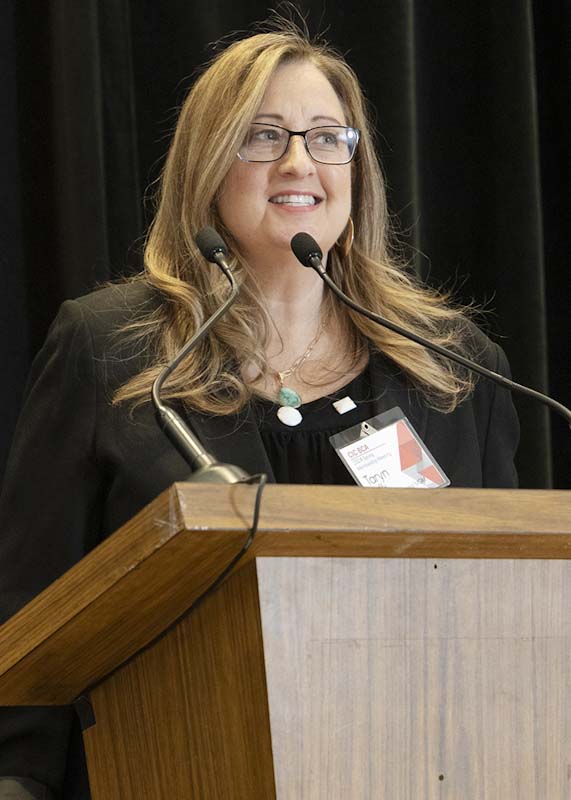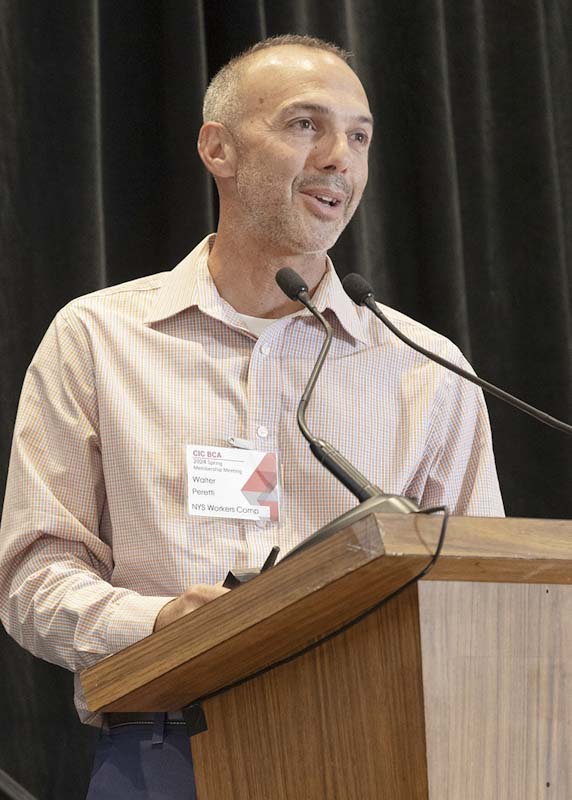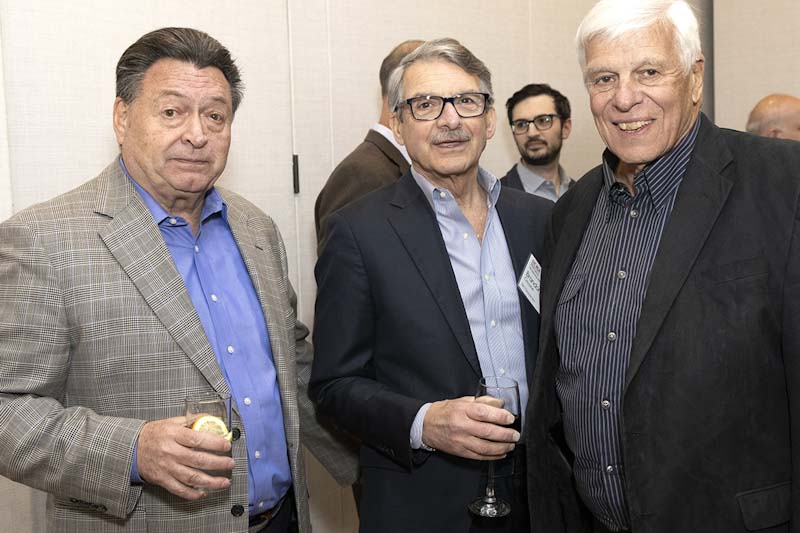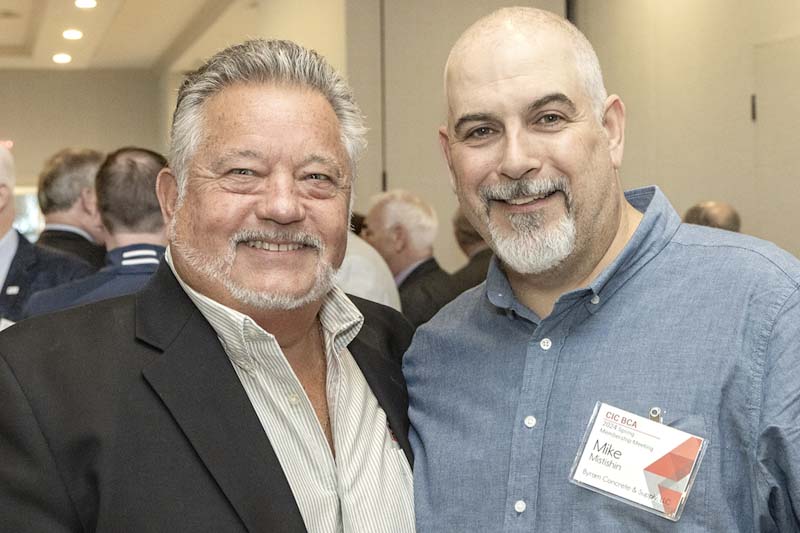Flat FY2025 State Budget for Roads Underscores Needs for Transportation
By JOHN JORDAN – May 2024
SLEEPY HOLLOW, NY—Despite widespread support from regional lawmakers to add millions of dollars to the FY2025 state budget for Hudson Valley roads and bridges, the final budget passed by the State Legislature and signed by Gov. Hochul last month did not include the much-needed funding to fix deteriorating transportation facilities here in the Hudson Valley.
The setback, however, did not deter a construction industry coalition to continue its call to increase by $400 million the core program for roads and bridges along with aid to local highway departments, which need another $250 million to offset the effects of inflation. Both increases were supported by members of the Assembly and Senate in their respective “One-House Budgets.”
In terms of transportation funding, the adopted state budget included more than $8.7 billion in mass transit operating support statewide, including $884 million in operating support for non-MTA transit systems. It also provided nearly $7.7 billion for the third year of the record $33 billion, five-year DOT Capital Plan to improve highways, bridges, rail, aviation infrastructure, non-MTA transit, and DOT facilities. The budget features $1.3 billion for local roads and bridges, including $598 million for the Consolidated Local Street and Highway Improvement Program (CHIPS), $140 million for state touring routes, and $100 million for the “Pave Our Potholes Program.”
Leaders of the Construction Industry Council of Westchester & Hudson Valley, Inc., noted that some program money that was cut by $100 million in the early rounds of talks, were only partially restored in the final version, reducing the program by $40 million from last year.
Commenting on the $237 billion state budget that passed in mid-April, CIC Executive Director John Cooney, Jr., said, “The needs for safety and system improvements far exceeds the allocation for the region over the final two years of the DOT’s five-year capital plan. More was needed. The new budget will not attack the backlog of needs, and it falls far short to move the needle in the right direction this season. These advancing needs must be reassessed in the coming years.”
Echoing the frustration of transportation advocates in both industry and the public sector, a transportation official in the region noted, “Roadway construction is like a car engine. You give it gas and we’ll go. No gas, no go.”
Prior to the state budget passage, the CIC and the Building Contractors Association of Westchester & Mid-Hudson Region held its Annual Spring Membership Meeting on April 17 at the Sleepy Hollow Hotel & Conference Center in Tarrytown. Some 145 contractor members of both organizations attended to hear remarks by Westchester County Executive George Latimer who is in a primary campaign for the 16th Congressional seat in June. Other guest speakers were NYSDOT Regional 8 Director Lance MacMillan, Public Affairs Vice President Taryn Duffy of MGM Resorts Northeast Group, Michael Thiemann of the New York State Department of Labor and Walter Peretti, who is program director at New York State Workers’ Compensation Board.






'AI Wave Is Coming'
NYSDOT Regional Director MacMillan reviewed a number of major projects this year and complimented the contractors who assisted NYSDOT in storm damage repair from the July 9th torrential rain storm that ravaged sections of the Hudson Valley.
His presentation also delved into the impact computer technology is having on DOT operations and the positive and negative impacts that could come from Artificial Intelligence.
“I am going to warn you that this (AI) wave is coming to our industry and to our lifestyle,” Mr. MacMillan said. He later advised contractors to be diligent and to follow developments in AI. He warned, “This is going to hit us when we least expect it. It is already part of search engines. It is already a part of a lot of things we do every day and it is only going to gain ground.” He concluded his remarks by citing the traffic management technology that enables its I-287 Integrated Corridor Management system.
Sponsors of the CIC-BCA Annual Spring Membership meeting were: Laborers Local No. 60; Empire City Casino by MGM Resorts; International Union of Operating Engineers Local No. 137; Hudson Edge Investment Partners, Montesano Brothers, Inc.; Tectonic; and Wohl Diversified Services.


$2.1B MGM Empire City Project in Yonkers
One of the entrants into the competition for three downstate casino licenses is Empire City in Yonkers. If granted a full casino license, the property would be undergoing a two-phased expansion to convert the property into MGM Empire City that Public Affairs Vice President Taryn Duffy of MGM Resorts Northeast Group estimated to be valued at $2.1 billion. MGM Resorts since it acquired Empire City Casino in Yonkers for $850 million, has spent another $20 million on renovations to the property.
Ms. Duffy said that if Empire City is granted a full casino license by the New York State Gaming Commission, the $2.1-billion investment, which will include renovations to the existing complex and new construction, will be the largest regional investment in MGM Resorts history. She stressed that the casino renovations and expansion involve strictly private investment and no tax dollars.
Ms. Duffy concluded her informative presentation by saying, “We realize that for the building and construction trades this project is as important to your livelihood as it is to ours. We are incredibly honored to have the partnership that we do and the support that we do. It matters. It is going to help us get over the finish line. We will put forth a very compelling application. We are very confident, but not over confident.”


Gaming Commission’s New Timeline Sets Casino Decision at Year-End 2025
A projected casino approval timeline outlined on March 28 by Executive Director Robert Williams of the New York State Gaming Commission cited the need for environmental reviews as a factor in delaying the Request for Applications.
While casino industry leaders and advocates had hoped for a decision by the New York State Gaming Commission on the award of up to three downstate casino licenses sometime this year, it now seems clear the awards will likely come by the end of 2025.
Mr. Williams stated that 2024 will be dedicated to the environmental review of the proposed projects, particularly four proposals in New York City subject to the Uniform Land Use Review Procedure, securing approval projects.
“While it is my understanding that each of these four are deep into the various stages of the ULURP process, I have been informally advised that navigating the ULURP process will extend through the second quarter of 2025,” Mr. Williams stated in his Executive Directors report.
The New York Post reports that that four projects subject to the ULURP process are The Related Companies/Wynn proposal for Hudson Yards; Mets owner Steve Cohen’s bid by Citi Field; the Thor Equities consortium in Coney Island and Bally’s at Ferry Point in The Bronx.
He concluded his report by stating that allowing the proposals to clear the environmental review process would eliminate a nightmare for Gaming Commission staff since the projects would need to be updated and could be subject to change.
Therefore, the commission will not issue RFAs until next year. He added that the commission envisions establishment of Community Advisory Committees in mid-2025, which would converge with environmental review completion by the summer of 2025, “allowing for a Gaming Facility Location Board decision in late 2025, resulting in Commission license consideration before the end of 2025.”
PHOTOS BY ED CODY
